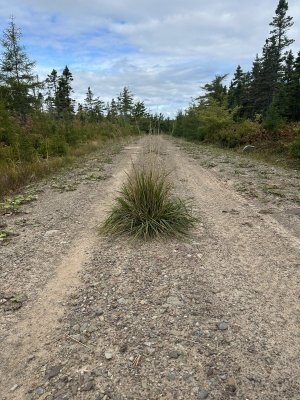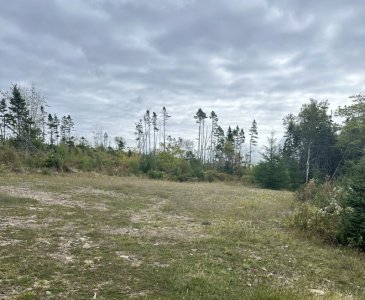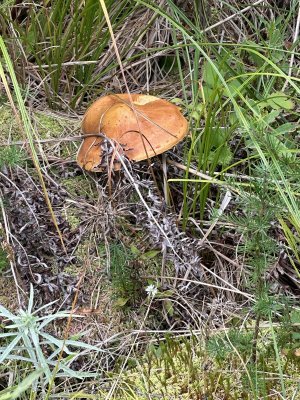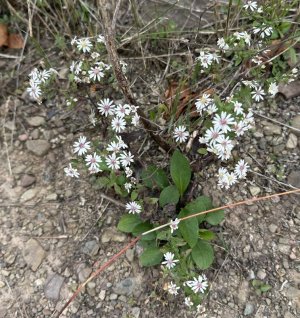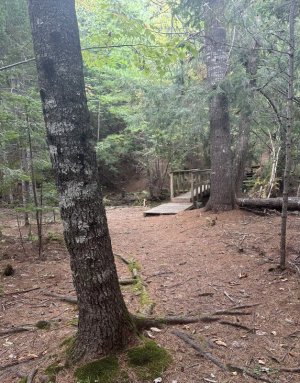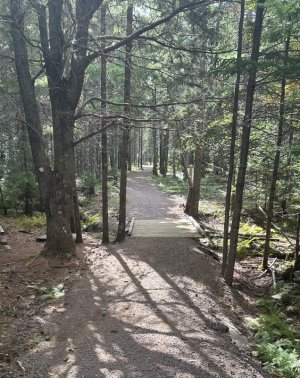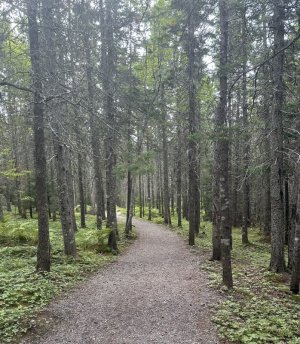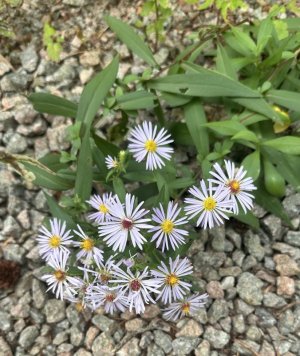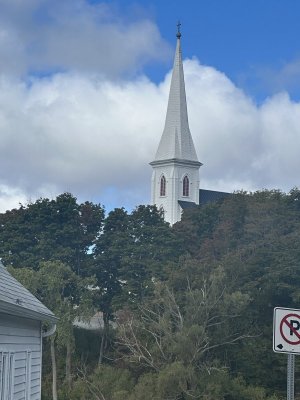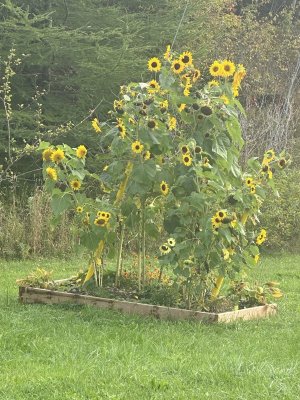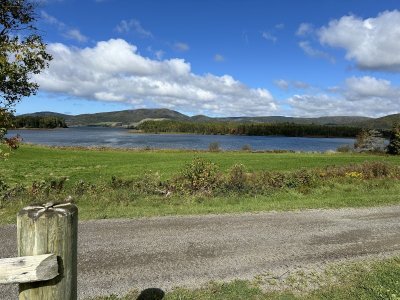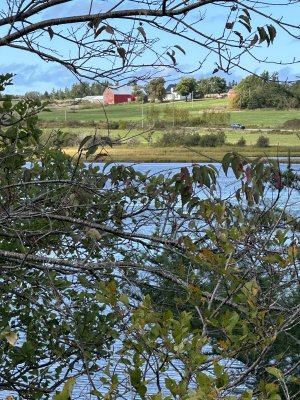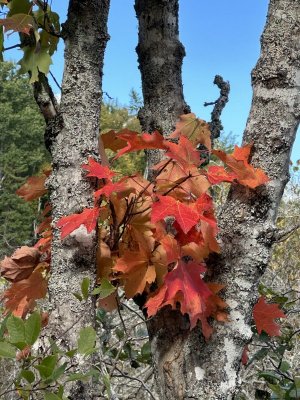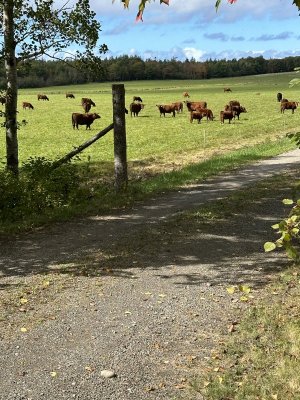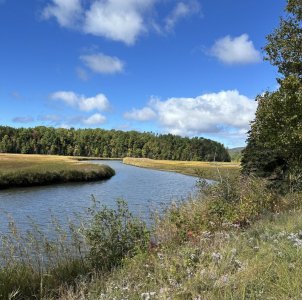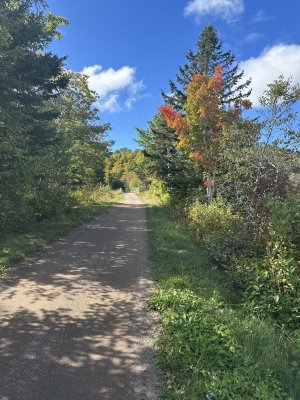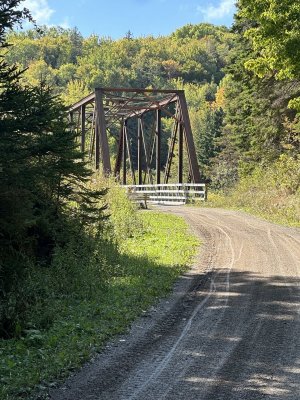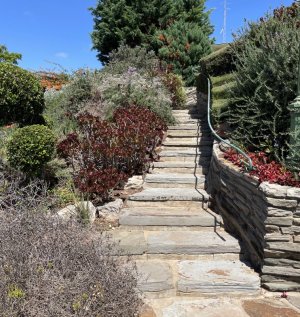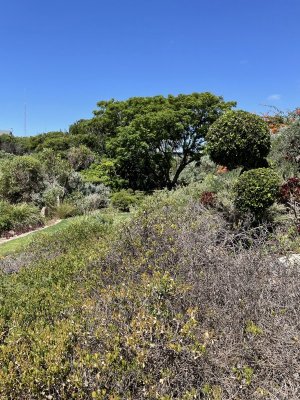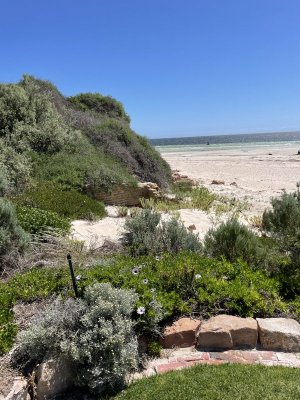Looking at your website link I recon I’ve worked out what the plays are that grow near me @MarkDThose are quite tall for Aloe. I only grow one that could be considered a tree aloe and never knew the species.
Apparently both Aloes and Kniphofia come primarily from Africa. The flowers and big succulent leaves of Aloes are by far the more noteworthy. I don't grow very many of them but enjoy the ones I do. This article at this website has photos of many different Aloe plant and flower forms after a couple wordier pages.
and it’s self explanatory why so many are growing in the old mining areas .
Many worked in the old mines in 40+ heat in summer and would have got terribly sunburned
so they more than likely used this plant for all sorts of conditions
When the Cornish folk emigrated to Australia on what was called the 10 pound pom scheme to work in the copper mines .(ohh arr very politically incorrect now days )
that Included my GG grandparents…who lie just meters away from my DH GG grandparents .
There was NO fresh water in the area …so they dug pits to catch water off their little lime stone cottages for drinking / washing …
That caused a great pandemic because their water accidentally got contaminated by the long drop toilets
many children died from the results as well as adults.
It’s stated in a little hut in the local cemetery approx 400 unnamed children lie in the cemetery
Copied ***
Epidemics of typhoid, cholera and diphtheria broke out. In 1873 there were 327 burials in the Cemetery. There are some 300-400 unmarked graves in the Cemetery of young children who died during these epidemics.
That's quite a few considering the population was only 5.000
Copied this about the plant ****
Aloe ferox Mill., Xanthorrhoeaceae, resin is the solid residue obtained by evaporating the latex that drains from the leaves transversally cut. Aloe ferox has been used in folk medicine as anti-inflammatory, immunostimulant, anti-bacterial, anti-fungal, antitumor, laxative and to heal wounds and burns.
Last edited:






